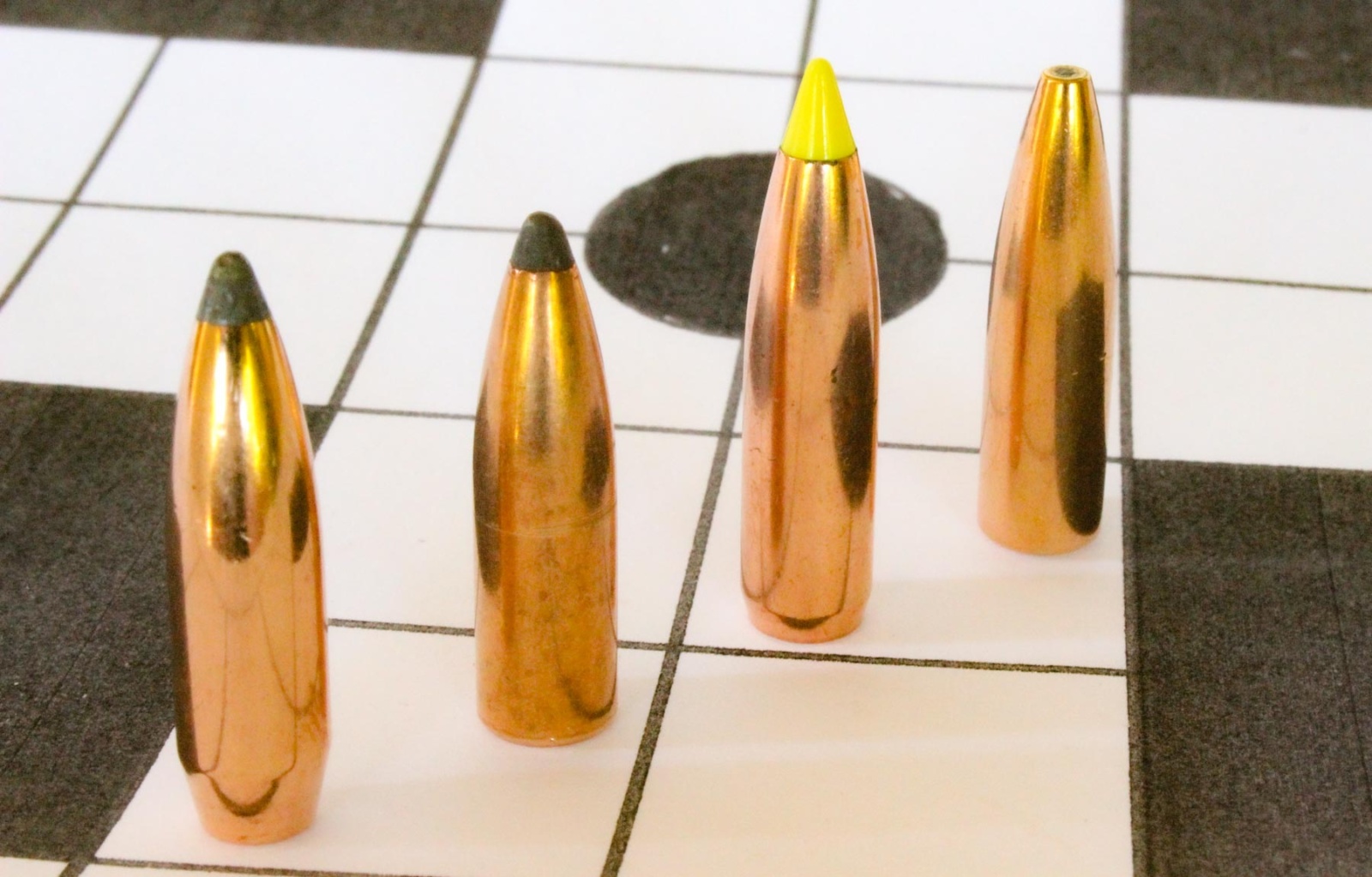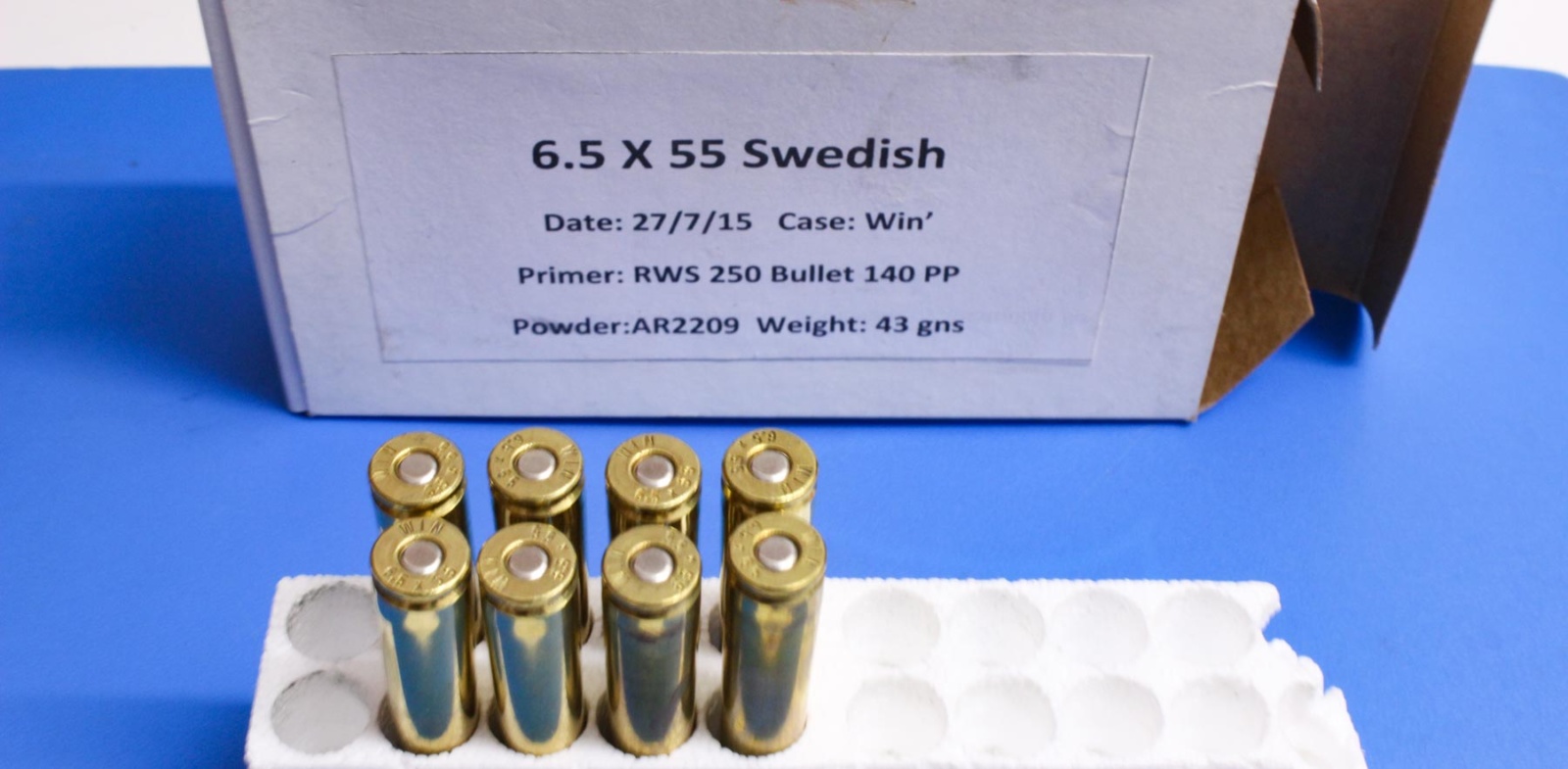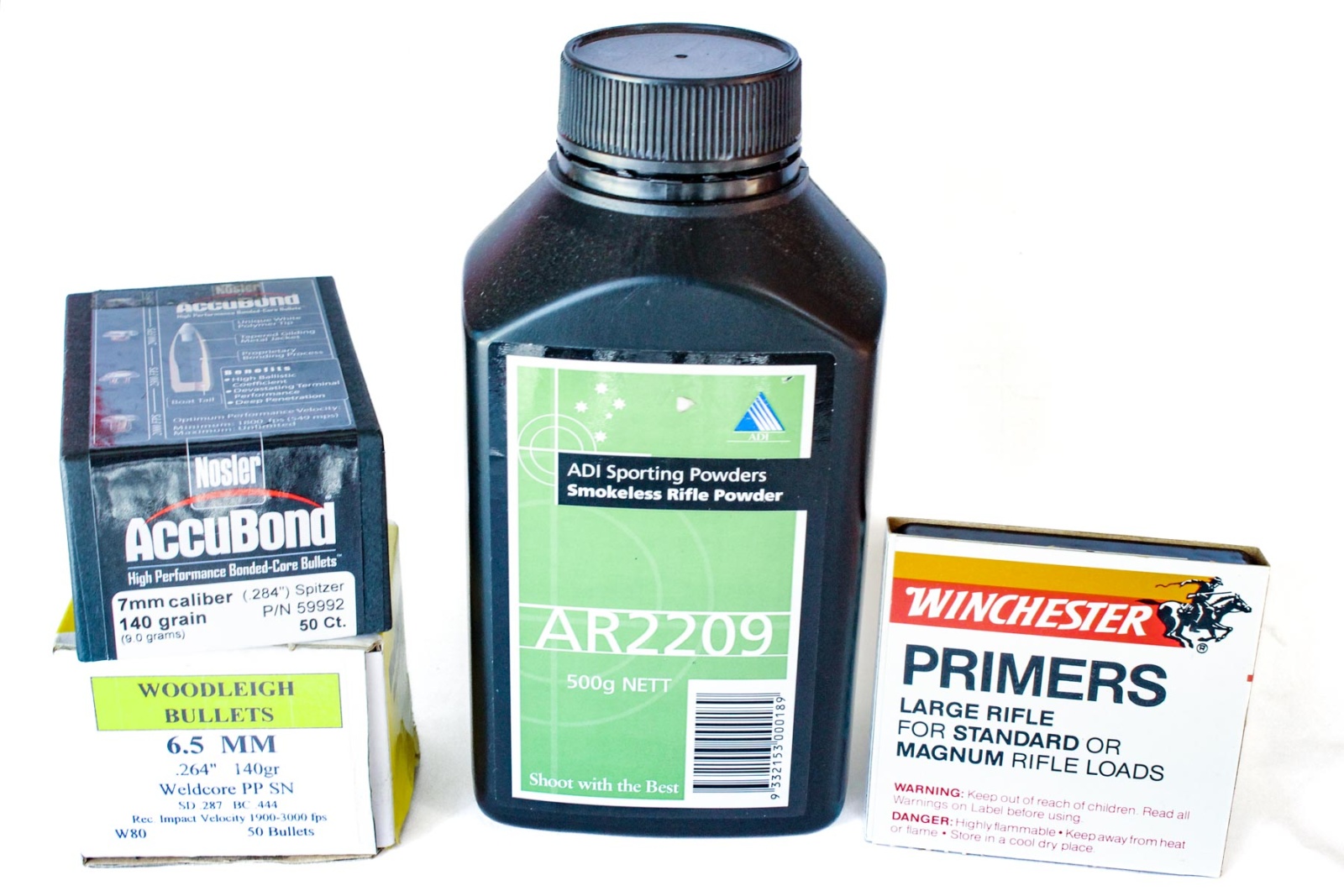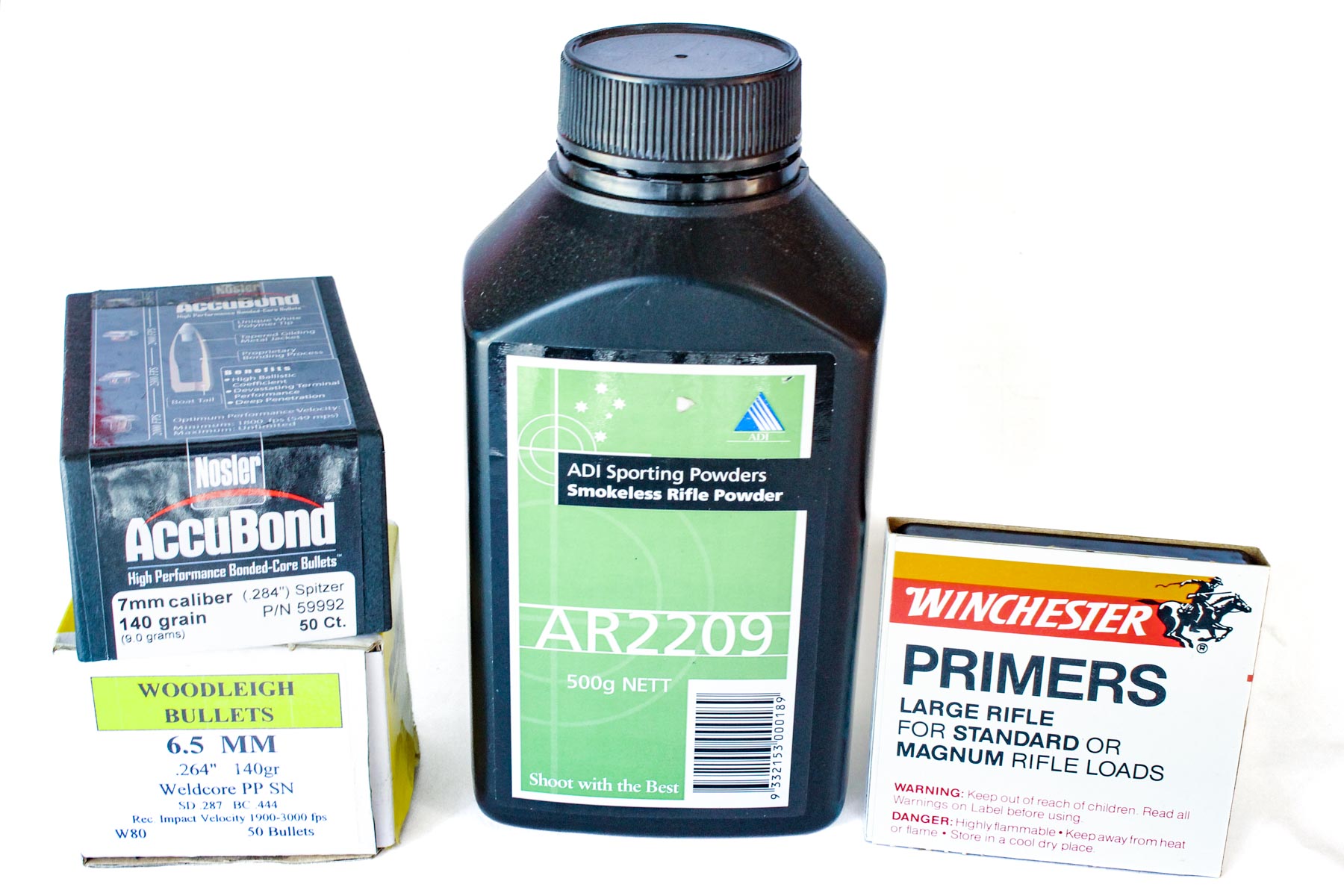In this day of shortages, load development will almost certainly be restricted by lack of powder, primers and brass, so you have to carefully manage it.
Primers are a good starting point. In the past you might have considered trying half a dozen powders and it didn’t mater how many primers it took to do it. The facts are, you will have to reduce the powder numbers you try to conserve primer stocks.

The second problem is the availability of powders. Here in Australian, the ADI range covers our requirements nicely; without them, we would be in big trouble.
The last problem, which is really the first issue, is that of brass availability, both now and in the future.
I tend to favour older cartridges for hunting. The gun safe contains a 6.5×55, a .270, a .243, etc. They have all been around for a considerable period of time and there’s a lot of reloading data available.
Let’s look at the 6.5×55 in isolation just to see what is available and how we might restrict load development while at the same time achieving a reliable hunting load.
The internet actually provided a good supply of cases in many different brands, ranging from packs of 20 to boxes of 100.
As the rifle/carbine combination was to be used on pigs, I concentrated on 140 and 160gn protector-point projectiles.

The next question was, which powder? As a starting point, I always use a midrange powder, the logic being that if it proves to be unsuccessful, you can move in two different directions.
The other frequently asked question is why there are differences in suggested loads between manuals using the same powder. The answer is simply because different companies use different testing gear; hence, there are minor differences.
If you are concerned, simply average the loads using powder equivalents, and you might be surprised at the answer you arrive at. Treat the average as a maximum and don’t exceed it. I have used this system for more than 35 years without any pressure problems.
My initial voice of powder for the 140gn projectiles was AR2209. After load development, the most accurate load was 43gn of it, one grain below the manual’s maximum, although the velocity was lower than expected. This is not, in my experience, unusual.

For the 160gn protector-point projectiles, I loaded both AR2213sc and AR2217.
The short story was that AR2213sc, some two grains below the maximum, provided the better overall velocity and was only 17fps below the velocity quoted in the manual.
In retrospect, I probably could have eliminated AR2217 right from the start.
All loads averaged groups around the 0.75-inch mark — more than good enough for general hunting.
In these days of continual shortages, you simply have to do your research first so that you do not waste valuable resources.
Obviously, in some cases the result may be less than the optimum available should the best components not be available.
There is not much you can do about it except use different components and look for an alternative, but perhaps that is what reloading is all about!
Further, do not become velocity happy. The best velocity rarely coincides with best grouping.
The lesson is clear: choose your projectiles with care.

0 Comments